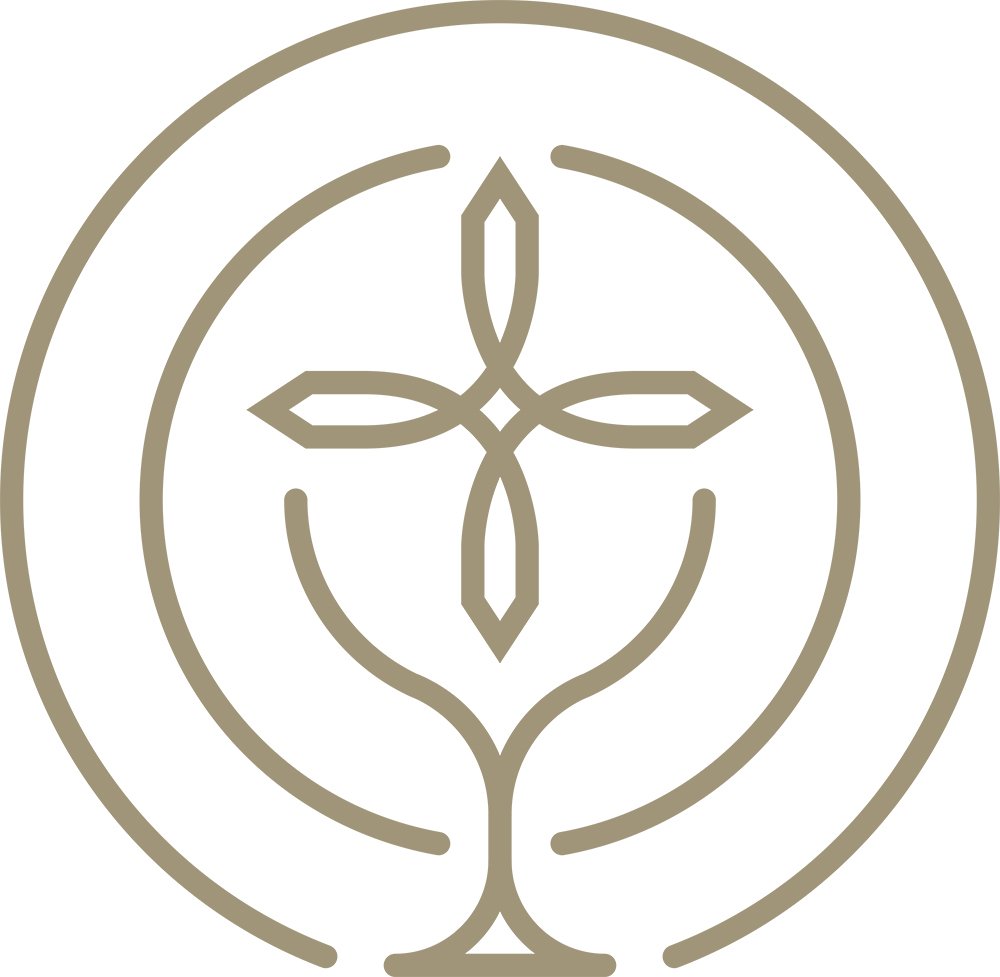The Gift & Grace of Pilgrimage
Sea of Galilee
Do you know the origin of the word 'saunter?' It is a beautiful word. In the Middle Ages when people went on pilgrimages to the Holy Land, townsfolk would ask where they were going, and pilgrims would reply, "A la sainte terre,' 'To the Holy Land.' And so they became known as sainte-terre-ers or saunterers.
My favorite place on earth is the Sea of Galilee. I remember standing on the slope of the Mount of Beatitudes looking across the sea, with rocky hills rising along either side of the water. To the southwest is a canyon that divides the hills, and along the canyon floor is a path leading to Nazareth. This is the path Jesus walked between his hometown and the area of Galilee where he performed so many miracles and much of his ministry. The images of this scene are so vivid that they come to mind whenever I pray the “Our Father” during Mass, transporting me back to the Holy Land.
Saint Francis of Assisi came here on pilgrimage in the years 1219 and 1220. Saint Francis burned with zeal to walk in the footsteps of Jesus, and his travels took him first to Egypt. It was there that his peace-loving nature impressed the sultan, Melek-el-Kamel, who allowed him to visit the holy places, which at the time were off limits to Christians. Francis’ presence and evangelization must have made a deep impression on the sultan, because soon afterward the Franciscan Order was granted custody of many of the Christian sites, and Christian pilgrims were allowed to return. To this day, the Franciscans are responsible for maintaining and keeping safe these holy sites, welcoming pilgrims from all over the world.
One of our personal experiences falls under the heading of “How bad do you want it?” In the Old City of Jerusalem is the Church of the Holy Sepulchre, which encloses the rock of Calvary and the empty tomb. It was in this church, during Lent of 2011, that my wife Terese, our daughter Kathryn, and myself, received permission to spend the night locked inside the Holiest Place on Earth.
Knowing that only a limited number of pilgrims will be granted access to spend the night in the church, we had approached a Franciscan Brother, who granted us permission! He advised us to wear something warm, and to be back in the church before 7:30pm, as the church would be locked at 8:00pm.
That evening, as we approached the open doors to the church, we had to fight our way through a noisy crowd being pushed out of the church by a line of police. The police yelled at us to turn around, the crowd pushed hard against us, we shouted for the Franciscans, and suddenly we were inside, standing off to the side as part of a group of twenty pilgrims, confused, and uncertain what would happen next. A Franciscan Brother suddenly appeared, and in a very intimidating way, he began to interrogate the twenty of us. “Why are you here? Who gave you permission? There are too many people here!” Startled, Terese, Kathryn, and I looked at each other – would we be kicked out of the church? The Franciscan would not believe us when we answered that we had permission. What was the name of the Brother? We did not know. What did he look like? We described the Brother, only to hear him answer that there is no Franciscan here who looks like that! Our daughter whispered to us, “Stay still”. Terese had tears in her eyes, because she had grown up with the Rochester Franciscans and knew their joy well, so she prayed for this Franciscan Brother, thinking he must be having a bad day! We finally realized... this was a test, and a lesson. Did we realize the gift we were being given by spending the night at the holiest sites in Christendom? The Franciscan announced in a stern voice the three rules: No singing. No carrying of candles. No sleeping.
And then the large doors of the church were closed and locked from the outside, no one could come in or go out until the doors opened again at 4:00am. And with that, the Franciscan walked away. We were suddenly alone in the Church of the Holy Sepulchre. The darkness, the sudden quiet, after the chaos on the streets. How would we spend this night? What did God have ready for us? Would we be able to stay awake?
Knowing that there is no Easter without first experiencing the Cross, the three of us began by praying at Calvary. We then walked from Calvary to the Holy Sepulchre, where Terese knelt to pray the Rosary. Because we were feeling overwhelmed by the sacrifice of the Cross, she tried at first to pray the Sorrowful Mysteries, but she was unable. When she instead began to pray the Glorious Mysteries, her Rosary flowed as she realized she wasn’t in Christ’s tomb... but Christ’s empty tomb, which is not sorrowful, but a true sign of hope and glory!
We have often since reflected on the encounters we experienced so deeply that night. A pilgrimage is not only a journey to a holy site, but it is an interior journey as well. New and old places in the heart are visited. On return from the pilgrimage, life is seen from different eyes. Being a pilgrim incurs responsibility, by carrying in prayer members of the community who are not able to travel, being attentive to God’s surprises, and then bringing the pilgrim experience back home. Most importantly, our Christian life is a pilgrimage from earth to heaven, with surprising twists and turns along the way. Our task is to persevere and take as many as possible with us as we make the journey, sauntering along the way.
Deacon Randy Horlocker



